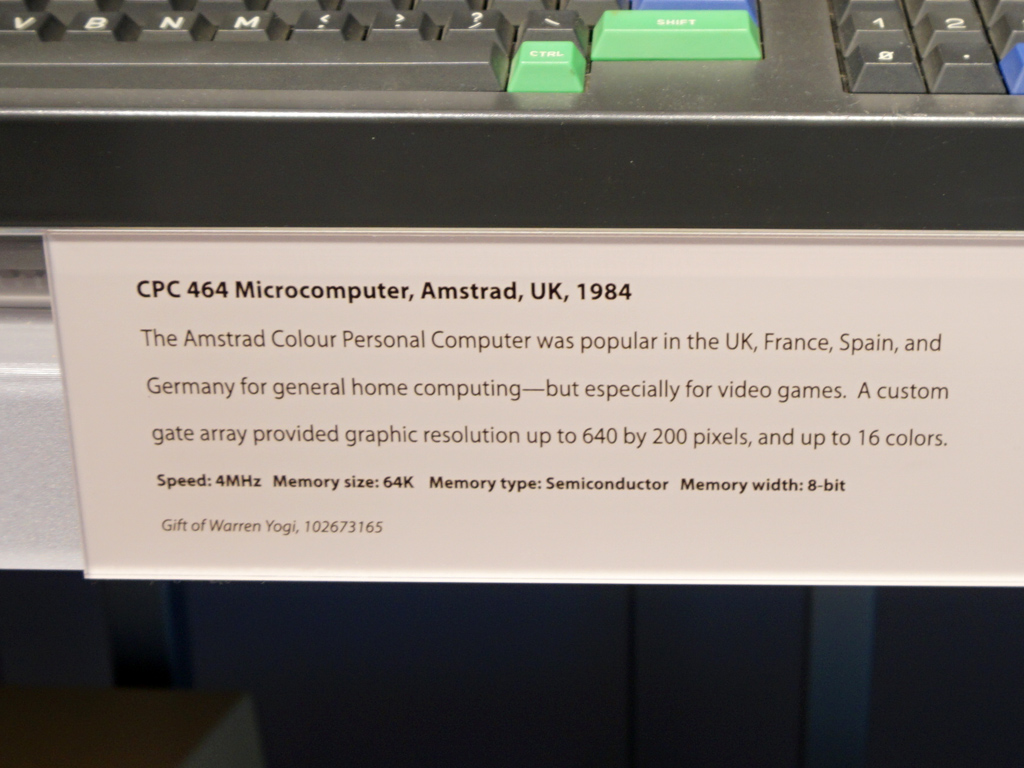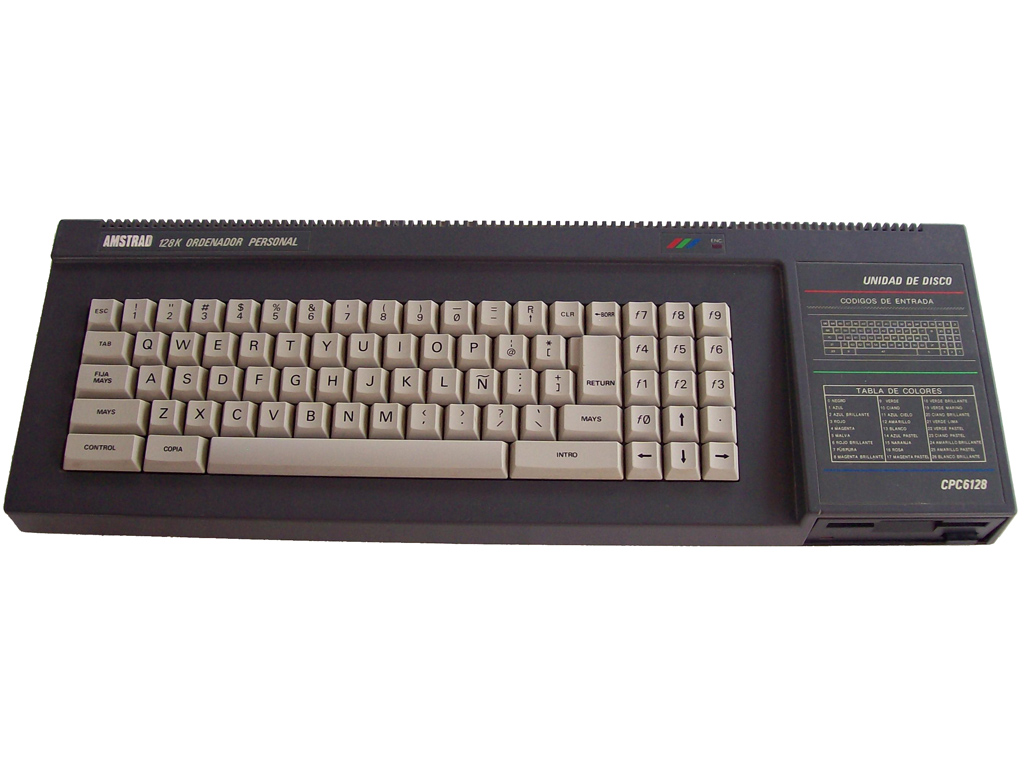Computer History: From The Antikythera Mechanism To The Modern Era
In this article, we shed light on the most important moments in computer history, acknowledging the people that have contributed to this evolution.
Amstrad 464, 664 And 6128
The Amstrad CPC (Colour Personal Computer) 464 was a home computer that had huge success in Europe, achieving over two million sales. It first appeared on the market in 1984 and its production stopped in 1990. Just like the ZX Spectrum, it used a Zilog Z80A 8-bit CPU, which was clocked at 4 MHz. Its memory reached 64 KB and a part of the CP/M OS, a version of the BASIC programming language (Locomotive BASIC) along with the compiler were stored in the computer's ROM.
In addition, the CPC464 was equipped with a built-in tape player/recorder for loading programs and storing data. The CPC464 was among the few home computers of this era that was bundled with a monitor, which has either a monochrome or color display. The purchase of this Amstrad monitor was necessary, at least initially, since the CPC computers didn't have an RF or a composite video output; instead, they used a 6-pin RGB Din connector. However, Amstrad later released a special RF adapter that allowed the connection of these computers with a regular TV.


The direct competitor of the CPC464 was the mighty Commodore 64, which had better graphics and sound. In early 1985 Amstrad introduced the CPC664 with the only upgrade being the replacement of the tape player with a 3" floppy drive that was made by Hitachi. Strangely enough, instead of choosing the popular 3 ½" format (which was cheaper), Amstrad decided to go with the 3" format, which as a result had an increased price that its users had to pay for. In addition, the 3" disks were double-sided but the embedded drive of the CPC could only read one side, so the user had to remove the disk, flip it and insert it again into the drive in order to use the other side of it. The total capacity of these 3" disks reached 360 KB in total (2x 180 KB).
In August 1985 Amstrad released the CPC6128, its flagship computer, which had double the amount of RAM compared to the other two CPC models. In general, the CPC models were worth the money, scoring a good performance per dollar ratio for this period's standards. On top of that, they were highly reliable and could take lots of abuse. I still recall playing Bomb Jack on an Amstrad CPC6128 and despite the punches that we were landing on its keyboard, it continued to operate properly.
The CPCs were also fairly easy to program, however most of the professional oriented applications that were developed for them weren't written on high-end languages (besides the BASIC language there were also compilers for C and Pascal), but in assembly code, which is really tough to master and use. In the early 1990s, Amstrad renewed its CPC line with the CPC464 and the 6128 Plus, which featured significant hardware improvements including a slot for cartridges. Despite Amstrad's hard efforts, these new CPCs didn't have high sale numbers.
MORE: Best CPU Cooling
MORE: All Cooling Content
Get Tom's Hardware's best news and in-depth reviews, straight to your inbox.
Current page: Amstrad 464, 664 And 6128
Prev Page Commodore 64 And CP/M Next Page Atari 520ST And 1040ST(F)
Aris Mpitziopoulos is a contributing editor at Tom's Hardware, covering PSUs.
